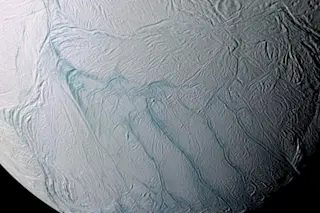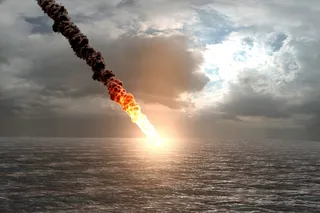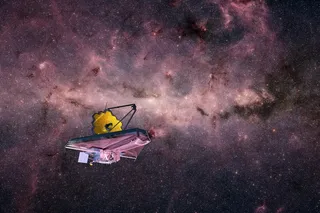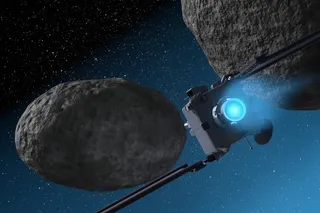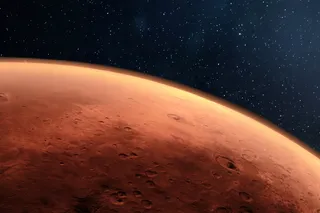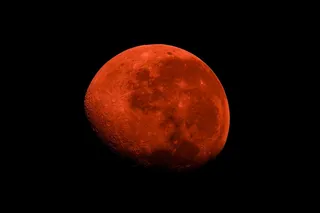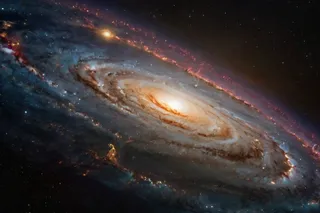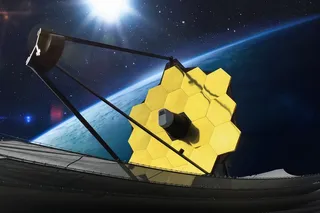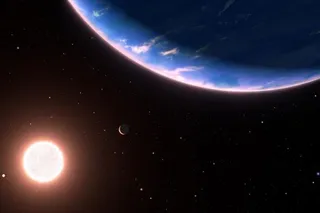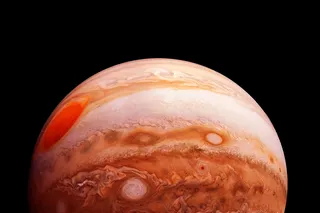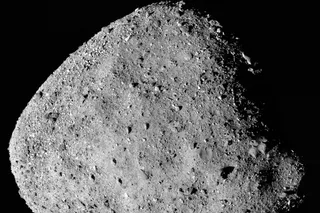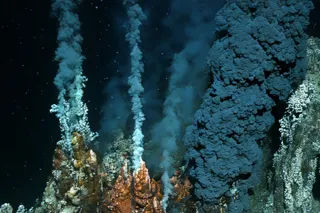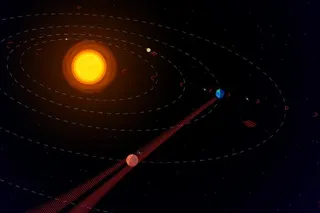Five years ago, the Cassini spacecraft first detected plumes of water ice emanating from Saturn's moon Enceladus, making the moon one of the best hopes for finding life somewhere else in the solar system. Astronomers have argued over whether or not those jets come from a subsurface ocean of liquid water, but new findings by Cassini provide evidence that water could indeed be sloshing around beneath the frozen surface of this small moon. During a 2008 pass through the plumes, the spacecraft found negatively charged water molecules.
Back home this short-lived type of ion is produced where water is moving, such as in waterfalls or crashing ocean waves [Scientific American]
. Researcher Andrew Coates led the study, which is coming out in the journal Icarus. Besides the water ions, the team also found negatively charged hydrocarbons—huge ions that could result from Saturn's magnetic field and the sun's ultraviolet rays interacting ...


